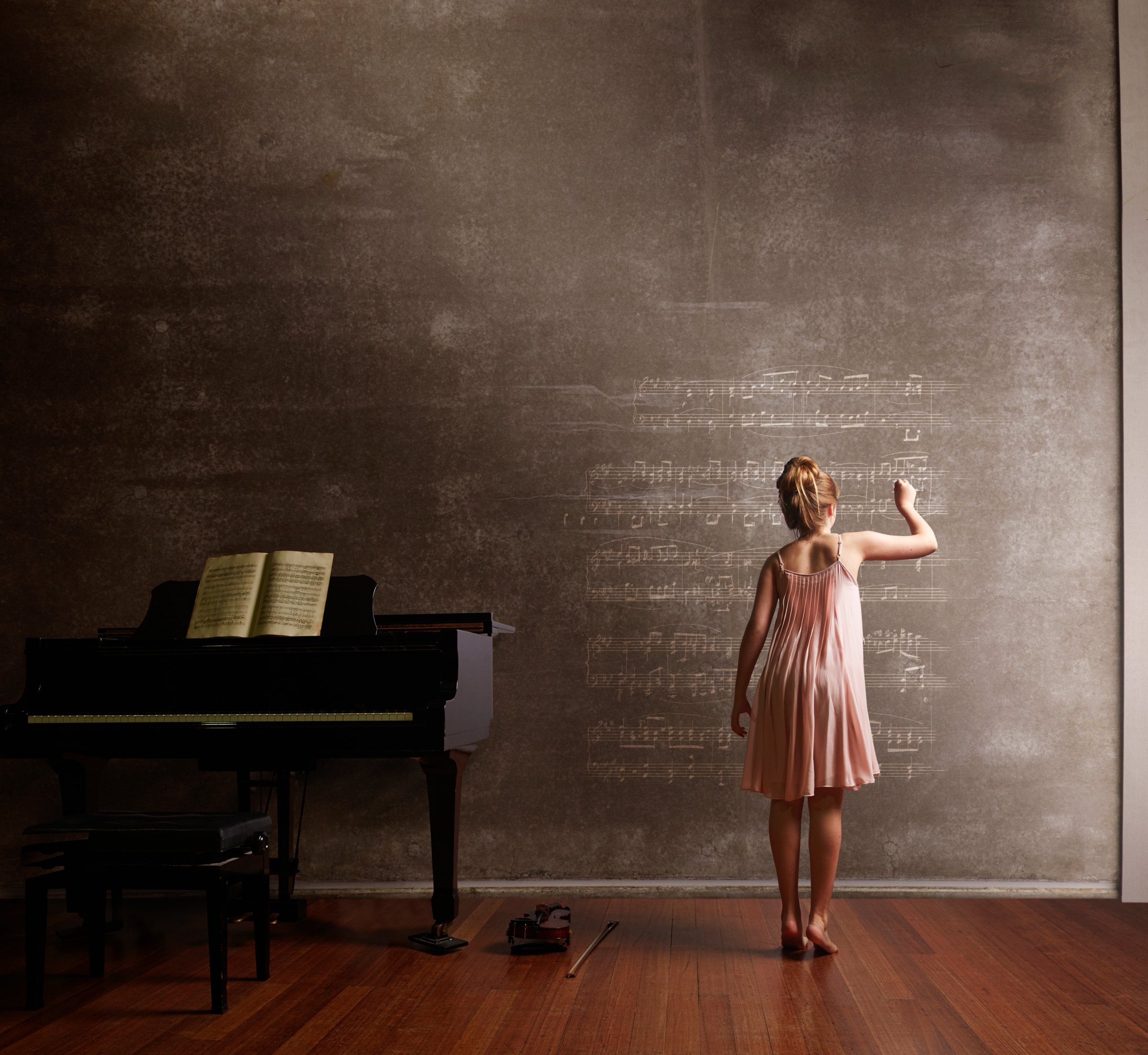
Todd Stoll is vice president of education at Jazz at Lincoln Center.
In a rare moment of bipartisanship, last month Congress passed the much-anticipated Every Student Succeeds act and with a stroke of his pen, President Barack Obama ended the No Child Left Behind era. This shift offers a huge opportunity for the music education community.
No Child Left Behind, the largest attempt at education reform in our nation’s history, resulted in a massive surge in the testing of our kids and an increased focus in “STEM” (science, technology, engineering and math). While well-meaning, this legislation precipitated a gradual and massive decline of students participating in music and arts classes, as test prep and remedial classes took precedence over a broader liberal arts education, and music education was often reduced, cut, or relegated to after school. Little Brandon and Britney certainly didn’t have time for band; they had to prepare for their tests!
Taken on face value, Every Student Succeeds bodes well for music education and the National Association for Music Education, which spent thousands of hours lobbying on behalf of music teachers everywhere. The new act removes “adequate yearly progress” benchmarks and includes music and arts as part of its definition of a “well-rounded education.” It also refers to time spent teaching music and arts as “protected time.”
Music and arts educators now have some leverage for increased funding, professional development, equipment, staffing, prioritized scheduling of classes, and a more solid foothold when budgets get tight and cuts are being discussed. I can almost hear the discussions—”We can’t cut a core class now, can we?” In other words, music is finally at the grown-ups table with subjects like science, math, social studies and language arts.
Now that we’re at the table, we need a national conversation to redefine the depth and quality of the content we teach in our music classes. We need a paradigm shift in how we define outcomes in our music students. And we need to go beyond the right notes, precise rhythms, clear diction and unified phrasing that have set the standard for the past century.
We should define learning by a student’s intimate knowledge of composers or artists—their personal history, conception and the breadth and scope of their output. Students should know the social and cultural landscape of the era in which any piece was written or recorded, and the circumstances that had an influence. We should teach the triumphant mythology of our greatest artists—from Louis Armstrong to Leonard Bernstein, from Marian Anderson to Mary Lou Williams, and others.
Students should understand the style and conception of a composer or artist—what are the aesthetics of a specific piece, the notes that have meaning? They should know the influences and inputs that went into the creation of a piece and how to identify those. There should be discussion of the definitive recording of a piece, and students should make qualitative judgments on such against a rubric defined by the teacher that easily and broadly gives definition and shape to any genre.
Selected pieces should illuminate the general concepts of any genre—the 6/8 march, the blues, a lyrical art song, counterpoint, AABA form, or call and response—and students should be able to understand these and know their precise location within a score and what these concepts represent.
We should embrace the American arts as a full constituent in our programs—not the pop-tinged sounds of The Voice or Glee but our music: blues, folk, spirituals, jazz, hymns, country and bluegrass, the styles that created the fabric of our culture and concert works by composers who embraced them.
Students should learn that the written score is a starting point. It’s the entry into a world of discovery and aspiration that can transform their lives; it’s deeper than notes. We should help them realize that a lifetime of discovery in music is a worthwhile and enjoyable endeavor.
These lessons will require new skills, extra work outside of class, more research, and perhaps new training standards for teachers. But, it’s not an insurmountable task, and it is vital, given the current strife of our national discourse. Our arts can help us define who we are and tell us who we can be. They can bind the wounds of racism, compensate for the scourge of socio-economic disadvantage, and inoculate a new generation against the fear of not knowing and understanding those who are different from themselves.
It is time, music educators. Welcome to the table.
More Must-Reads from TIME
- Why Trump’s Message Worked on Latino Men
- What Trump’s Win Could Mean for Housing
- The 100 Must-Read Books of 2024
- Sleep Doctors Share the 1 Tip That’s Changed Their Lives
- Column: Let’s Bring Back Romance
- What It’s Like to Have Long COVID As a Kid
- FX’s Say Nothing Is the Must-Watch Political Thriller of 2024
- Merle Bombardieri Is Helping People Make the Baby Decision
Contact us at letters@time.com